SCOTT FELKER, Three Creeks Naturalist
“Love is in the air…” Or on the ground and maybe in the water. As winter starts its slow ascent to spring, hormone levels in our wild neighbors rise resulting in an urge to reproduce.
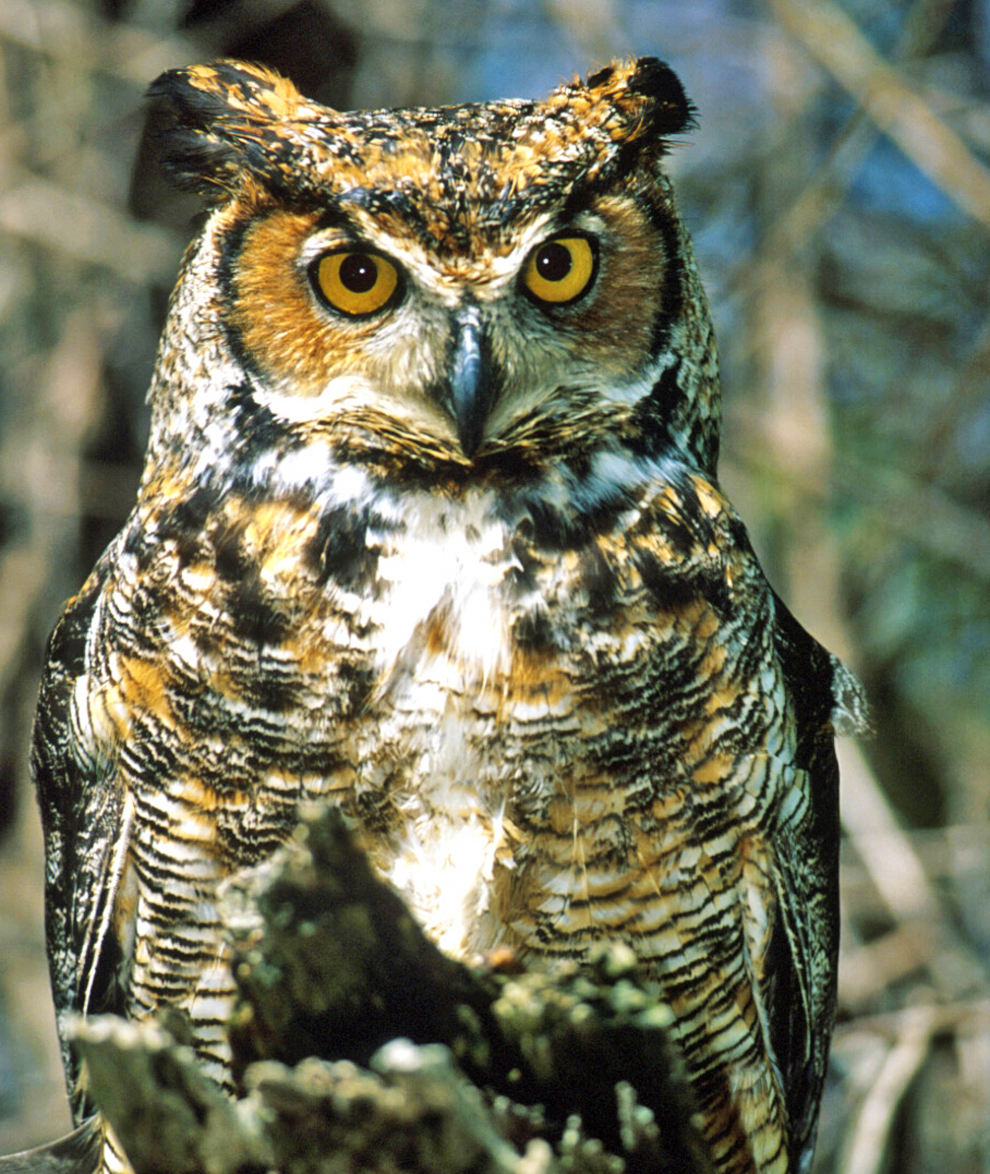
Great-horned owls get a head start by laying eggs as early as late January. In really cold weather eggs are constantly incubated – mostly by the female but the male takes over if the female is hunting.
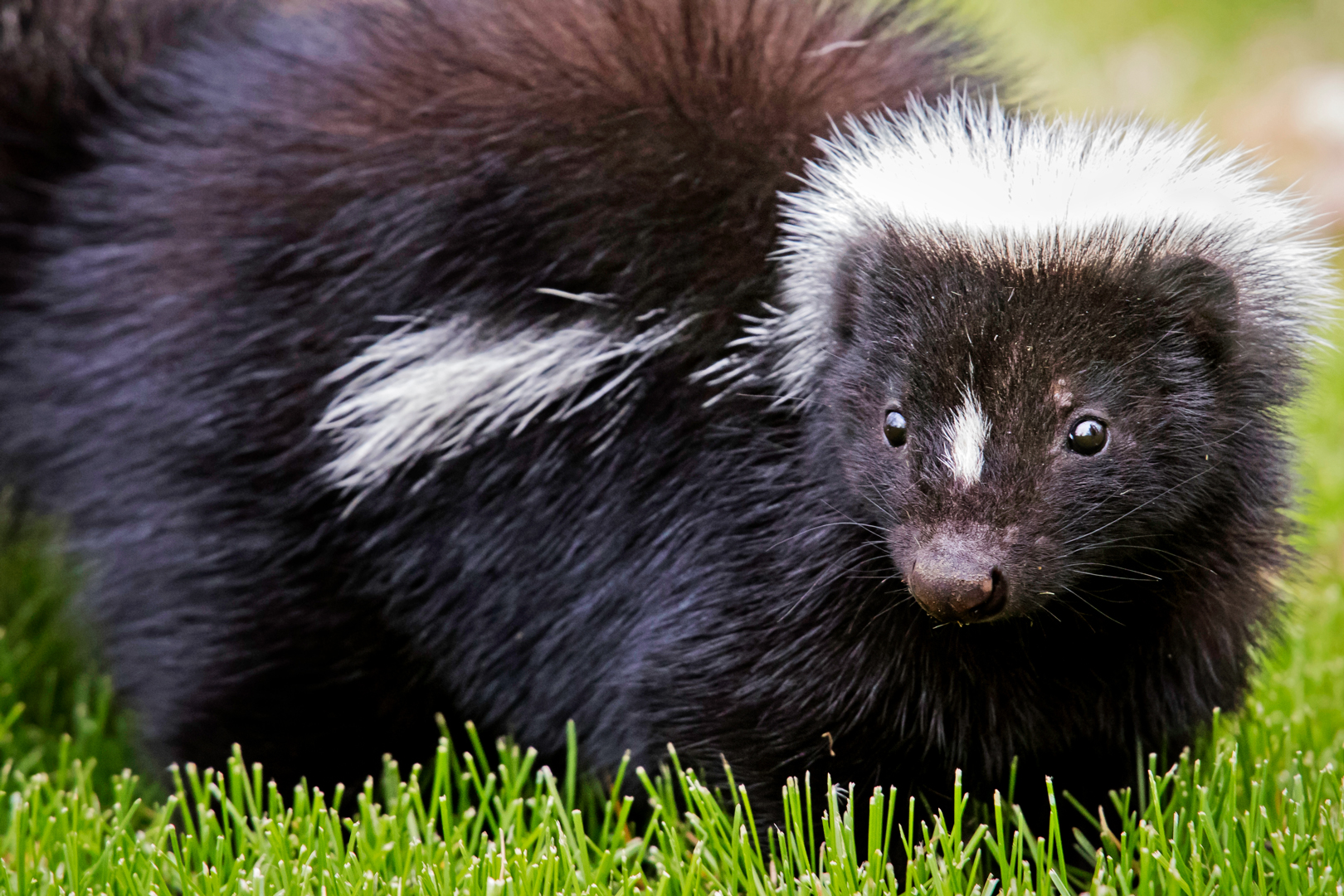
Sometimes love just stinks, especially if you’re a striped skunk. Males emerge from dens in mid-February seeking mates. Female skunks that aren’t ready to mate spritz overly amorous males to warn them away.
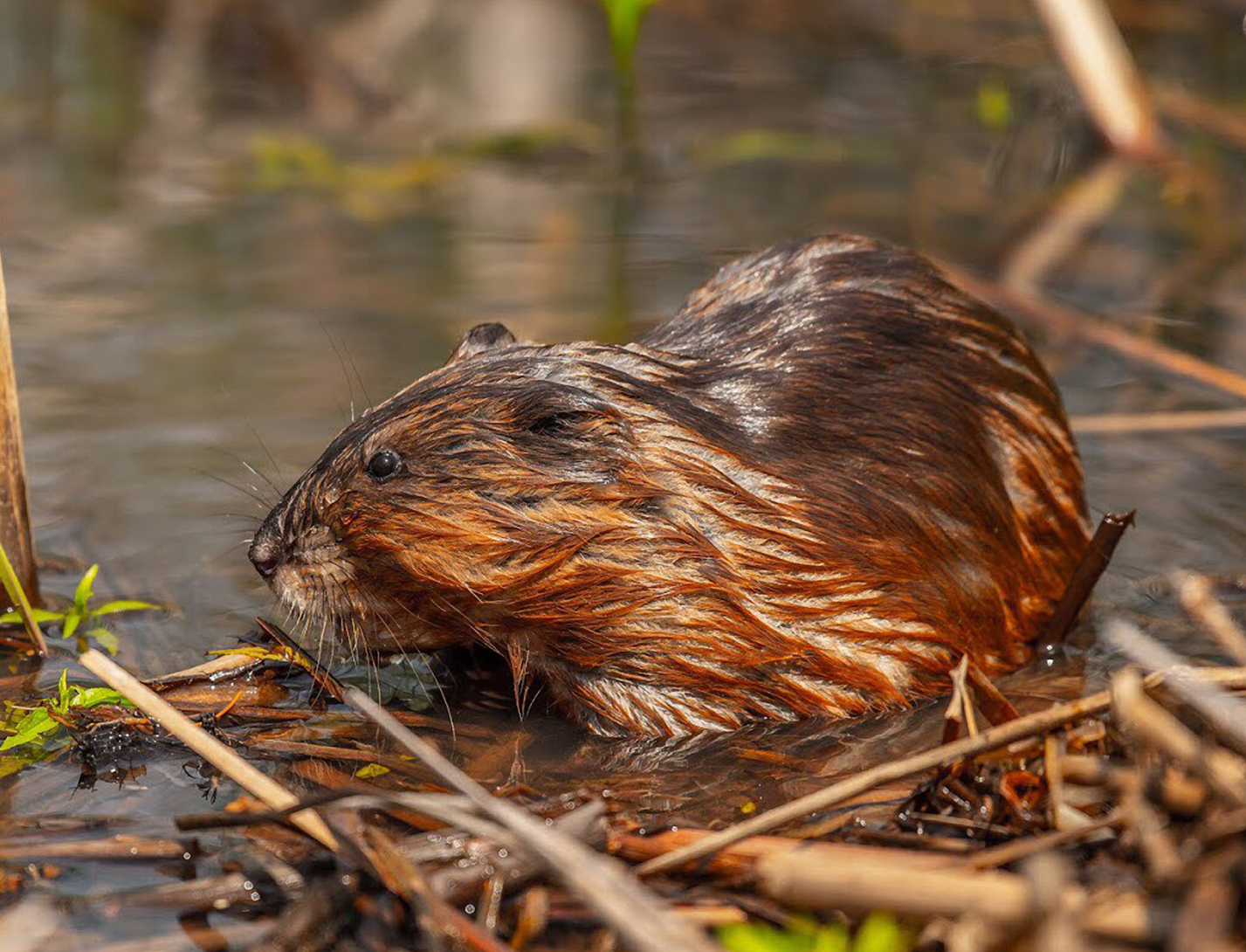
Captain and Tenille might have sung about “Muskrat Love” in the 1970s but real muskrats (unlike Muskrat Susie and Muskrat Sam from the song) start mating as early as February and a female may have as many as four litters in a year.
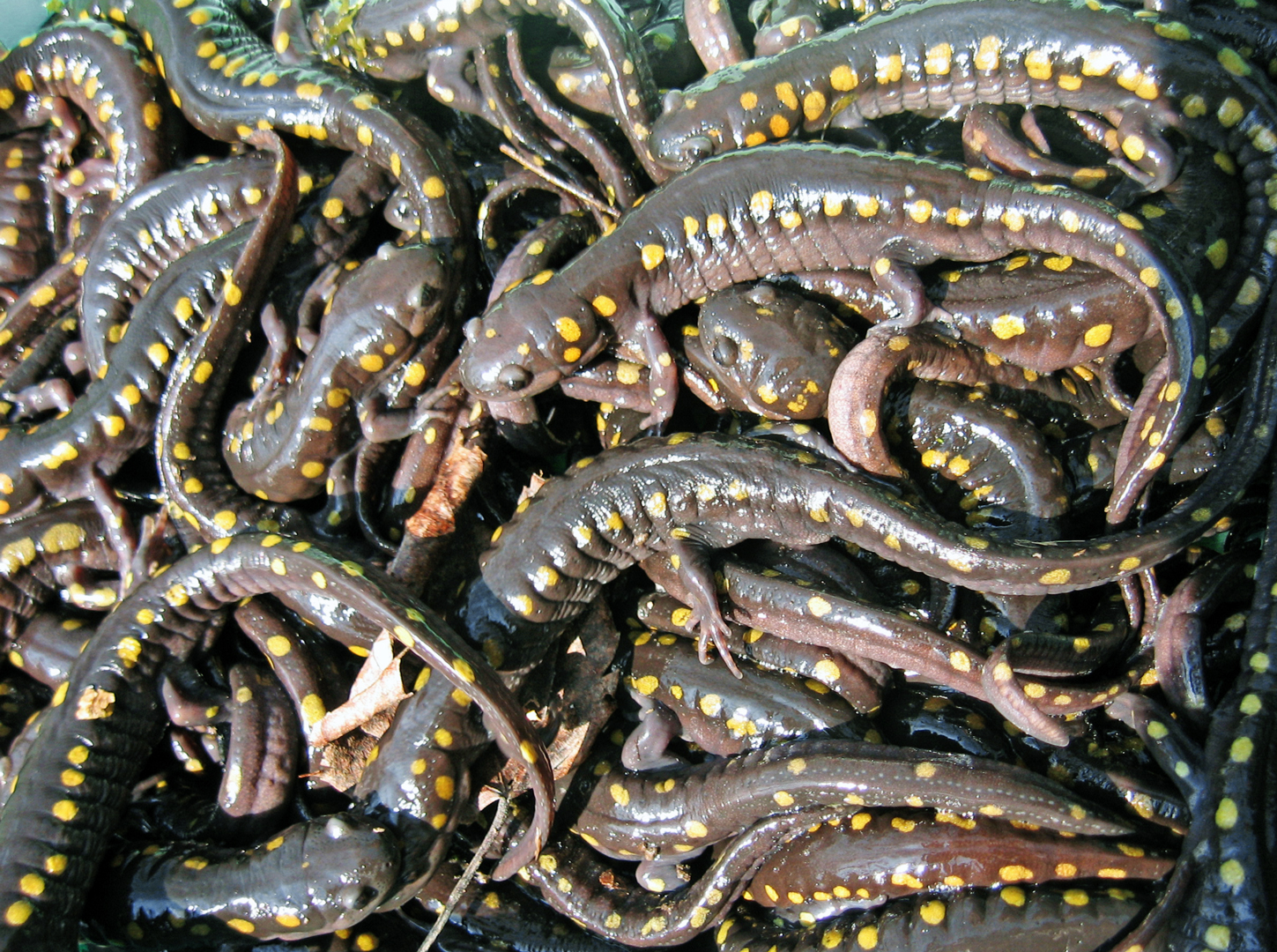
If we have warm, rainy nights in February some salamanders move to their breeding ponds. In the case of spotted salamanders the males arrive first and move through the water in writhing groups called congresses. When the females arrive, males leave the congress to pursue a mate.
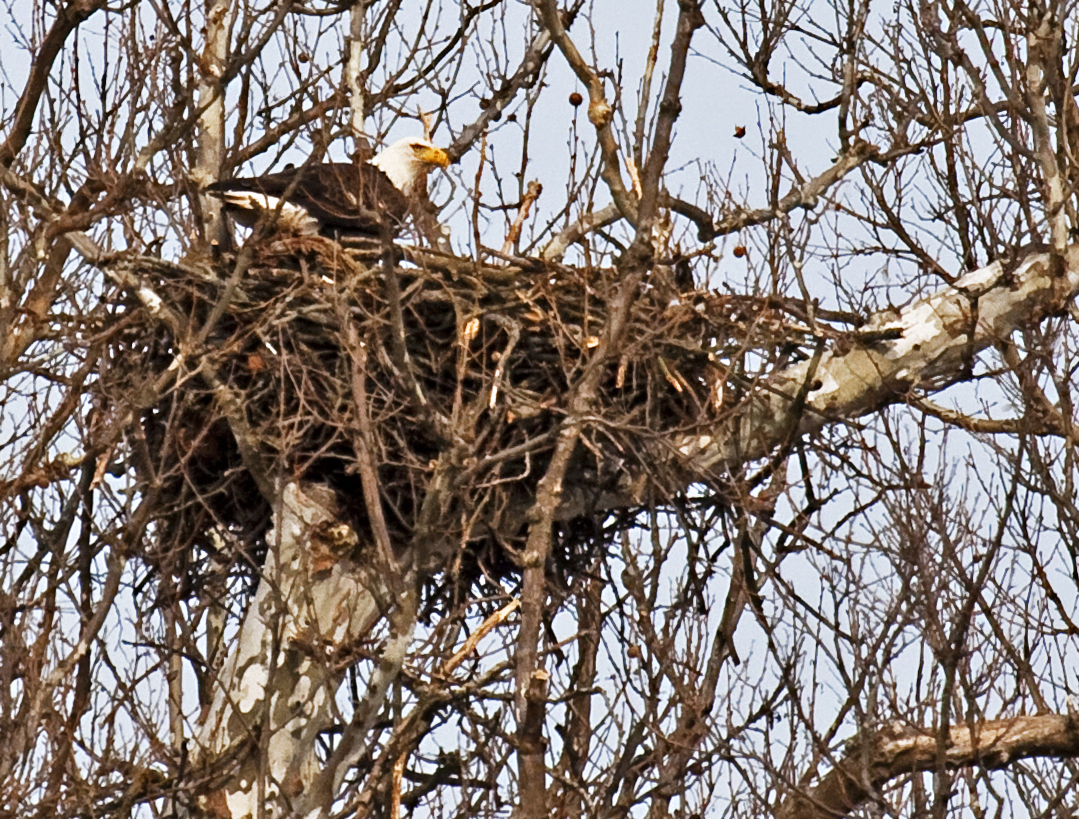
Bald eagle pairs bond by occasionally mating through most of the year but don’t lay eggs. It’s only with increasing day length that a female eagle can successfully produce fertile eggs. Shortly after she lays two or three eggs, a different hormone, prolactin, is produced that makes her infertile for another year.
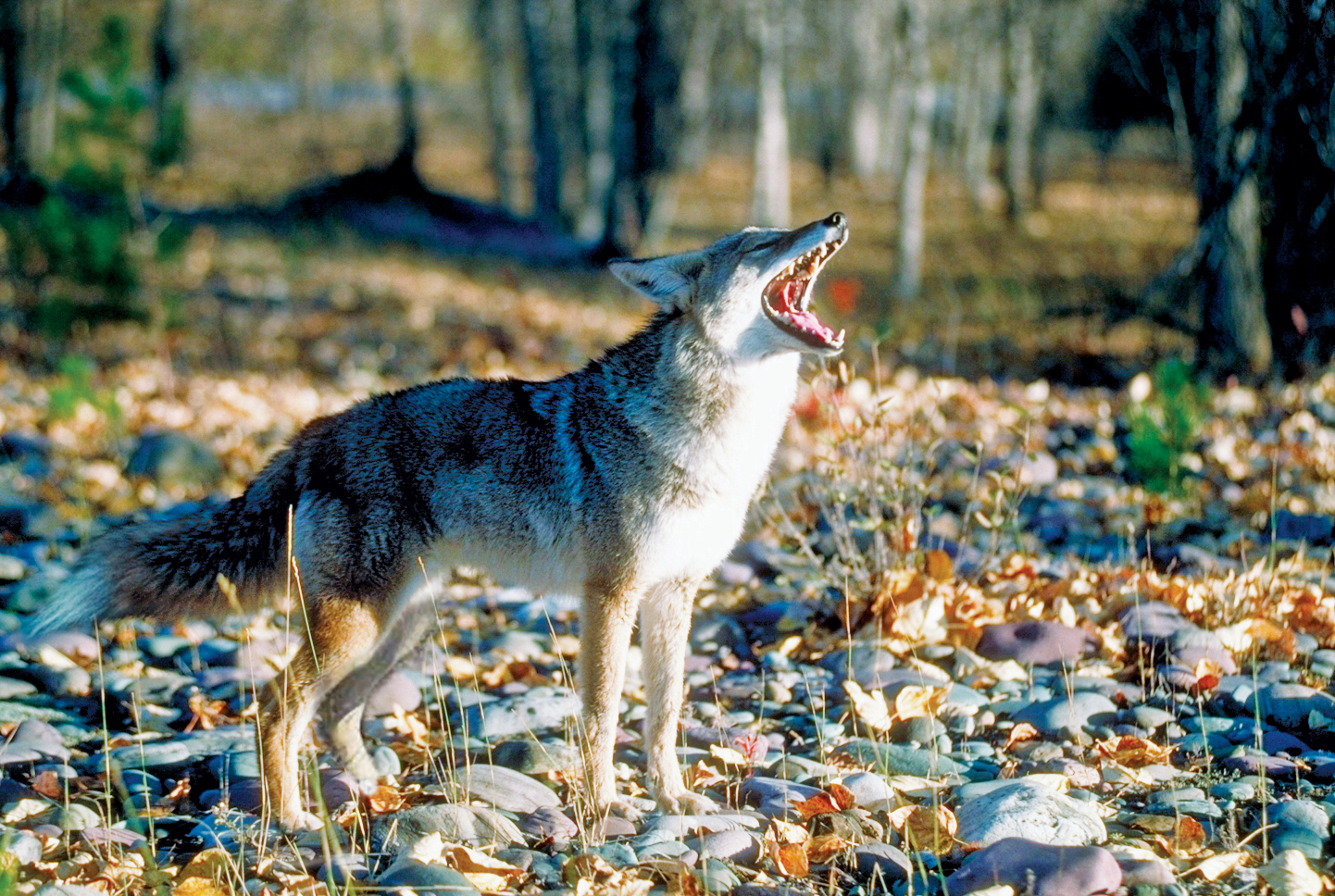
Coyotes usually mate in February. Unlike most animals that supposedly mate for life, coyotes really do just that. Genetic research shows that coyote pairs are likely to be 100 percent faithful until one of the pair dies!
